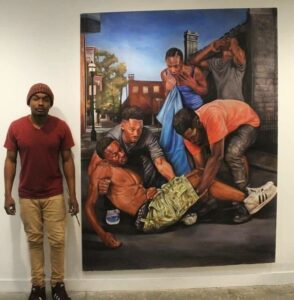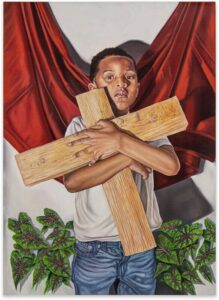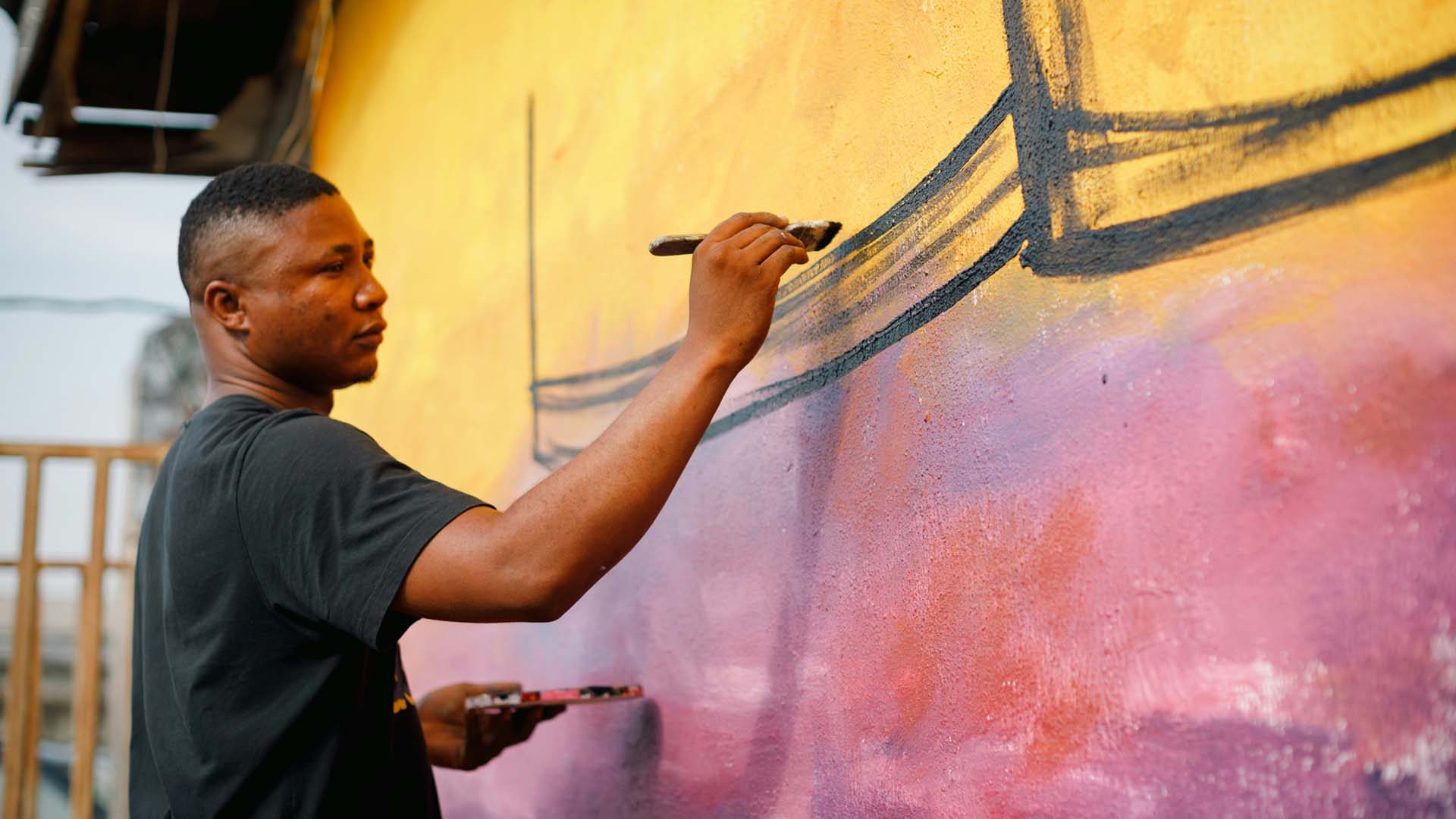I grew up in a small Ontario town where 99.9% of the population looked like me. White and mostly of Scottish/Irish descent. Most of what I learned about the different cultures in the world was through books or museums.
Then, I began my first ministry job as a youth pastor in a very diverse church in Mississauga. It was a gift to learn how everyone experienced life differently–their journey and their day-to-day. It was more than food, language, and history. It was about their family, their challenges, and their gifts. Most of all, it was understanding more about how they saw their faith–and learning more about Jesus myself as a result.
If you fled violence in Angola, it changes how you see Jesus’ calls for peace and forgiveness. If you are Jewish, it changes how you see the Messiah and what he says to Jewish Christians in the New Testament. If you experience the world as a married couple of different ethnicities, you have a unique perspective on the world and how scripture speaks of unity and how we are made in God’s image. On top of that, how people see your ethnicity and treat you can shift how you see God.
Understanding how other cultures see their faith can help you see Jesus in a new way.
The last couple of years, I have been following an artist named Tyler Ballon. I really like the Italian painter, Caravaggio (1571-1610), and was excited to head to Italy a couple of years ago to see his paintings in person. In my research, I stumbled upon Ballon.
Ballon is a black artist from Jersey City who also loves Caravaggio and other artists like him. Ballon is becoming known in his own right. However, unlike me, growing up he rarely saw people who looked like him in the paintings he admired.
Carvaggio is famous for his paintings of scenes from the Bible, particularly the four Gospels, but Ballon didn’t see himself in those paintings as he processed his own faith. Ballon’s parents are both pastors, and his faith is important to him.
So, as he grew in his art, Ballon began to create Bible-based paintings inspired by Caravaggio, but he connected them to his culture and his context. You can see an example of this in “Deposition” by both artists using the same title – connected to this article.


These striking paintings present Jesus’ sacrifice on the cross in diverse contexts. In both paintings, you can see the emotion and grief of the people around Jesus’ death. But what strikes you is how each painting speaks to its cultural context.
Caravaggio places greater emphasis on the reaction, but Ballon tilts a little towards Jesus as a leader by using camouflage shorts. For Ballon, the disciples didn’t just lose a friend, they lost a leader. Caravaggio leaves the location of his characters mostly black in the background, but Ballon places the painting in the street. His paintings always put the story in his modern context.
Ballon resonates with the loss of Jesus as the loss of a leader to his disciples who desperately needed leadership. Ballon grew up in an urban context where groups of men needed leadership in an environment of violence. You can see more of Ballon’s story here. Perhaps for him, Jesus’ death on the cross is about redeeming sin but also the sacrifice of a leader–a person we can look to for leadership now in the midst of our struggles.
This other Ballon painting of a young boy carrying his cross is a striking image representing Matthew 16:24-26:
Then Jesus said to his disciples, “If any of you wants to be my follower, you must give up your own way, take up your cross, and follow me. If you try to hang on to your life, you will lose it. But if you give up your life for my sake, you will save it. And what do you benefit if you gain the whole world but lose your own soul? Is anything worth more than your soul?”

It’s such a challenge around the call to take up your cross, the importance of child-like faith, and how some children face their own struggle every day–something Ballon experienced first hand.
My context and your context shape how we read the Bible. This means that we always come to the text with biases, and it also means that the more we learn about how other cultures see the gospel, the more we get fresh perspectives on Jesus and scripture as we strive to understand the gospel better ourselves.
The more we widen our exposure to how Christians in other cultures understand the gospel, the more appreciation we have for Jesus and his desire to save the world.


